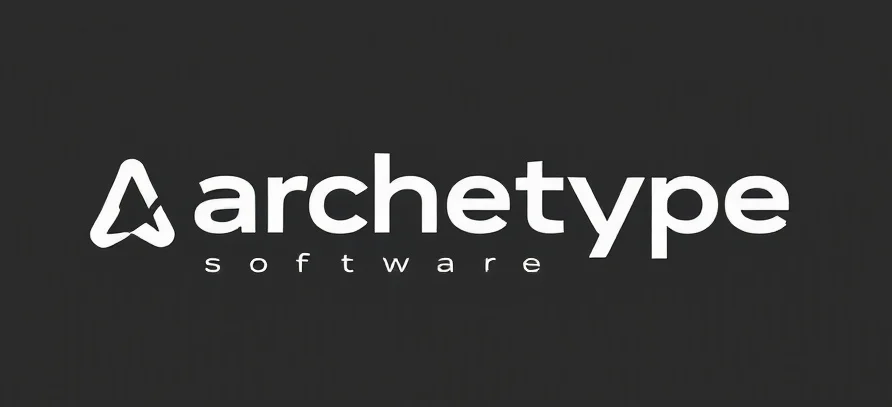The Search Duel: Amazon vs. Google
In the sprawling realm of online commerce, two giants stand tall—Amazon and Google. Their influence over search and discovery is unparalleled, yet their approaches to ranking couldn’t be more different. For an insightful exploration of these differences, I recommend checking out the amazon google rank article.
Amazon’s Search Playground
Amazon’s search engine, A9, is a bit like that friend who’s always two steps ahead when it comes to knowing your preferences. It’s obsessed with relevance and sales conversions. A9’s ranking algorithm delves deep into user behavior, considering factors like purchase history, product reviews, and pricing. It seeks to maximize the likelihood of a purchase from each search query. In this world, a product’s survival hinges on its ability to convert glance into transaction.
Google’s Search Odyssey
Google, on the other hand, is the sage of the vast web cosmos. Its algorithms are less about pushing a sale and more about offering the most relevant information. Google’s search prowess lies in its ability to understand context, user intent, and the semantic connections between words. Google isn’t just about selling; it’s about serving the right information at the right time, in the right way.
Search Algorithms: A Tale of Two Strategies
While Amazon is laser-focused on conversion metrics, Google’s approach is a mosaic of complex signals—link authority, content quality, and user engagement—all working in harmony. Amazon thrives on transactional intent, whereas Google thrives on informational intent.
Amazon might prioritize a product page with stellar reviews and a solid sales history, while Google could rank a blog post detailing how to use that product effectively. The transformative aspect here is the clear divergence in user experience and intent satisfaction.
What This Means for You
So, what does this search battleground mean for entrepreneurs and marketers at the nexus of AI and ecommerce? Here are a few actionable recommendations:
- Optimize for intent: Tailor your content and product listings to match the specific intents of your audience. Are they looking for a transaction, or are they seeking information?
- Embrace data-driven decisions: Use analytics to understand user behavior on both platforms and adjust your strategies accordingly.
- Invest in quality content: Whether you’re appealing to Amazon’s A9 or Google’s search spiders, quality content is crucial. It builds trust, authority, and engagement.
- Stay adaptable: The only constant in tech is change. Keep informed about algorithm updates and adapt your strategies to stay ahead.
Understanding the unique dynamics of Amazon and Google’s search algorithms allows you to craft a more nuanced strategy, tailored to the strengths and differences of each platform. The future of ecommerce is not just about being seen; it’s about being understood and chosen. In this search duel, knowledge is your most powerful ally.
Checkout ProductScope AI’s Studio (and get 200 free studio credits)

